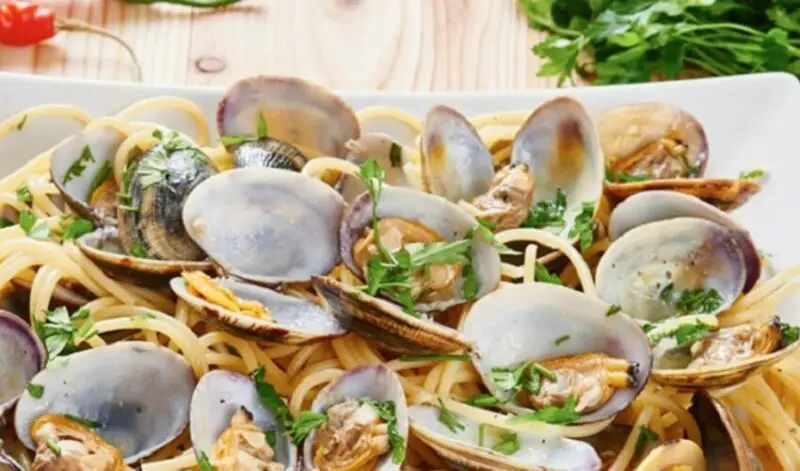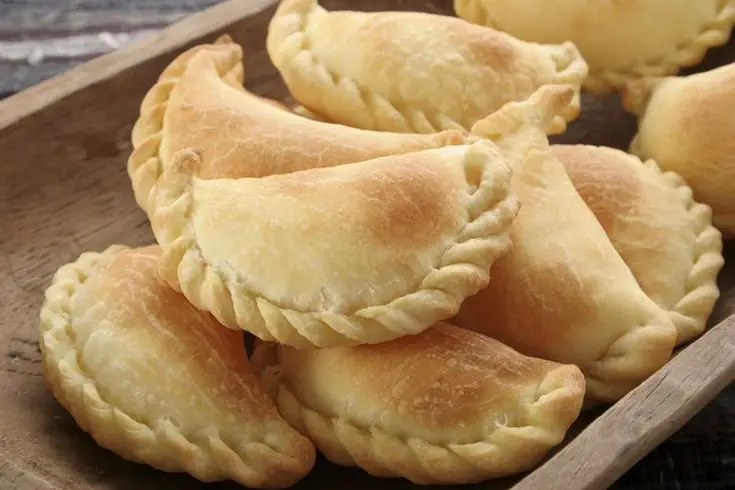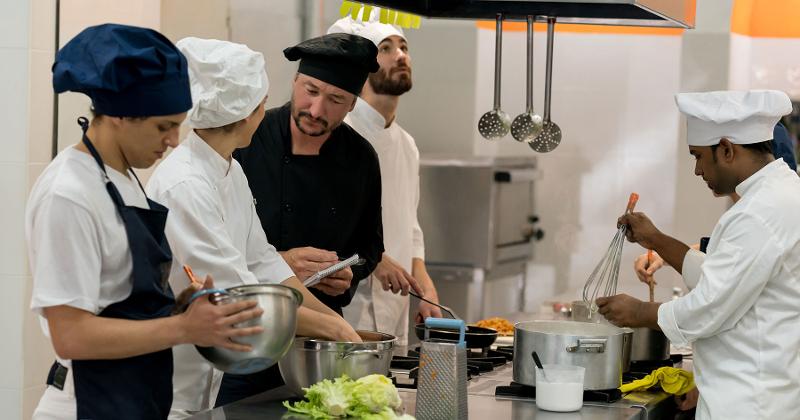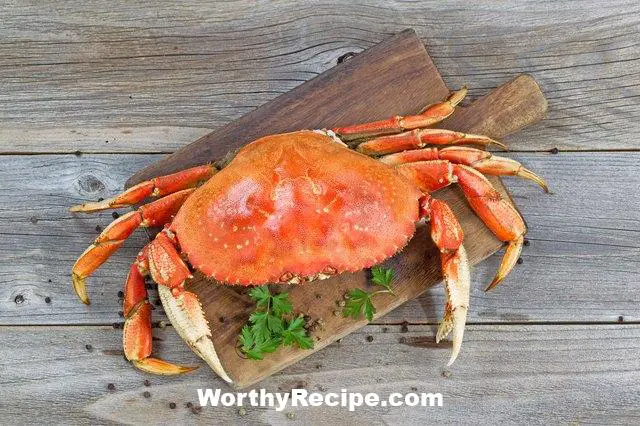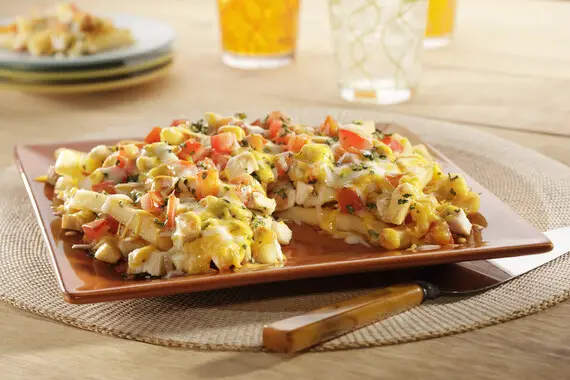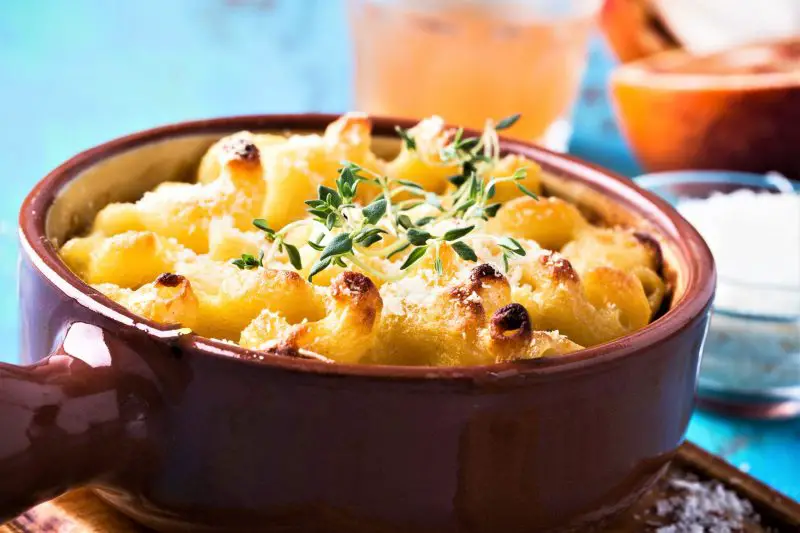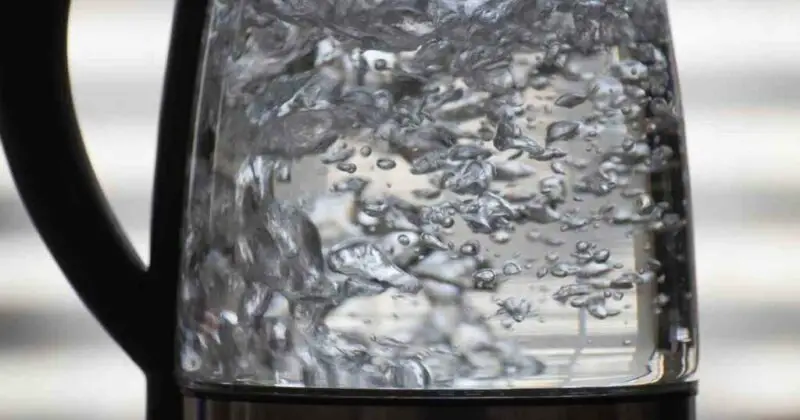The Ultimate Guide to Cooking Frozen Clams
Frozen clams are a popular seafood delicacy that you can find in almost any grocery store. They are a versatile ingredient that can be used in soups, stews, chowders, paella, pasta dishes, and more. However, they need to be cooked properly to retain their delicious flavor and texture.
Introduction
Most people wonder why frozen clams have gained popularity among seafood lovers. Eating seafood is healthy but preventing them from spoiling poses a challenge. Fresh clams need to be consumed within a few days, and this means you cannot have them whenever you want. The good news is that freezing seafood such as clams has made it possible for seafood enthusiasts to enjoy their favorite meals anytime.
In this guide, we will explore everything you need to know about cooking frozen clams – from understanding the different types of frozen clams available in the market to selecting the right type for your dish, proper thawing techniques, safety precautions while handling frozen seafood, to different ways of cooking them, and serving suggestions for cooked frozen clam meat.
Understanding Frozen Clams
Frozen clams are simply fresh clam meat that has been flash-frozen to preserve its freshness and flavor. They are processed by washing the fresh clam meat with water and then coated with a protective layer of ice before being packaged in vacuum-sealed bags for distribution.
The main difference between fresh and frozen clam meat is that fresh meat retains its natural texture and taste compared to frozen meat that may lose some of its quality due to the freezing process. Additionally, while fresh clams can only last for a few days in the fridge or freezer (if they have been cleaned and shucked), frozen clams have an extended shelf life of up to six months.
Despite the misconceptions about frozen seafood, it is important to note that they contain the same nutritional value as fresh seafood. They are rich in proteins, vitamins B12, and Omega-3 fatty acids. Frozen clams can be part of a healthy and nutritious diet.
Choosing the right type of frozen clams
Before you start cooking frozen clams, it is essential to choose the right type for your dish. Different types of frozen clams are available including:
- Frozen whole clams: These are the entire clam including the shell.
- Frozen clam meat: This is the meat to be used alone or added to recipes.
- Frozen chopped clam meat: The meat is chopped into smaller pieces of equal size and is ideal for recipes like chowder and soups.
To choose correctly, consider these factors:
- Recipe requirements: The recipe you’re using will indicate if you need whole or chopped clam meat.
- Frozen clam availability: Different frozen clam products have differing shelf life and this affects their availability in stores.
- Price: Chopped frozen clam meat retails at a lower cost than whole clam products due to part removal, which reduces packaging and transportation costs.
Proper Thawing Techniques for Frozen Clams
The safe consumption of any seafood involves thawing correctly before cooking. The best way to thaw frozen clams is by transferring them from the freezer to the fridge 24 hours before cooking. They should not be thawed at room temperature because this can increase the risk of bacterial contamination due to prolonged exposure to heat.
If you need to thaw the clams faster, you have several methods at your disposal. One method is to place the frozen clams in a resealable plastic bag and submerge it in cold water. The water should be changed every 30 minutes. Alternatively, use the defrost function on your microwave while avoiding overcooking the clams since this causes them to become tough and rubbery.
Safety Precautions While Handling Frozen Clams
Before cooking any seafood, it is crucial that you observe safety measures. Frozen clams provide more extended shelf life but careless handling of even frozen seafood can expose consumers to various risks, including contracting foodborne illnesses.
To avoid any risk of contamination or spoilage:
- Always wash your hands with hot soapy water before and after cleaning and preparing any seafood.
- Only buy frozen clam products that are still in good shape; avoid any with cracks in their shell or that have an off smell.
- Frozen seafood should be cooked as soon as possible after being thawed. If not, they should be stored in an airtight container or covered with plastic wrap and chilled promptly.
- Thawed leftovers should be consumed within two to three days.
Different ways to cook frozen clams
Now that we’ve tackled the previous steps let’s explore how to cook frozen clams properly:
Boiling Clams
Cooking frozen clams by boiling is a classic technique that is easy and yields delicious results.
- Pour enough salted water into a pot until it covers the clams completely. For added flavor, consider adding beer or wine.
- Bring the pot to a boil and then add the clams.
- Cook the clams for 5-10 minutes or until their shells open up, and the flesh becomes opaque in color.
- Remove the cooked clams from the heat immediately and discard any that failed to open up because they are dead and could cause foodborne illness.
Tips:
- Adding salt to your boiling water – 2 tbsp for every gallon – can add flavor to your clam meat.
- Boil whole clams with shell on, remove them from water once they open up, and shuck complete meat out of shell once cool enough to handle, preserve juices for use in gravies or sauces.
Steaming Clams
Steaming is a gentler way of cooking frozen clams as it preserves their texture and flavor. Follow this procedure:
- Add some white wine, beer, or seasoned broth to your pot.
- Place the frozen clams into a steamer basket in a single layer over boiling water. You may also place them directly into the liquid if you don’t have a basket.
- Cover with a tight-fitting lid and steam for about five minutes.
- The clams will start opening up as they cook. Remove them from heat when all opened but be cautious not to overcook them; this results in rubbery, tough clam meat.
Tips:
- You can infuse extra flavor by adding some chopped herbs like thyme or parsley together with garlic cloves into the broth or wine before setting the clams on top.
- If any of the clams don’t open up after steaming, discard them as they might be dead and of low quality.
Grilling Clams
Grilling offers a unique way of cooking frozen clams, and the result is amazing. Here’s how:
- Heat the grill to medium-high heat.
- Clean your frozen clam meat properly and place them directly on the grill grates over direct heat.
- Cook the clam meat for 5-10 minutes until their shells open and the flesh turns opaque.
- Once cooked, remove from heat and add lemon wedges or butter for extra flavor.
Tips:
- Consider brushing clam meat with oil or marinade to prevent sticking and adding extra flavor.
- The trick to grill whole clams is getting the internal temperature hot enough without burning them; try wrapping them in banana leaves which offer more protection compared to foil or directly placing them on grates.
Sautéing Clam Meat
You can also use sautéing methods to cook your frozen clam meat. Here’s how:
- Melt some butter in a pan over medium-high heat.
- Add chopped garlic, shallots or onions, and stir until fragrant.
- Add clean clam meat to the pan and sauté with garlic for about three minutes until they turn brown on one side.
- Flip your clams so that they cook evenly for an additional three minutes until the other side turns brown.
- Remove them from the pan and serve in your favorite dish or add to your recipe.
Tips:
- Consider adding herbs like thyme or bay leaves for extra flavor and use a suitable oil to sauté such as grape seed oil, light olive or canola oil.
- You can incorporate sautéed clam meat into pasta dishes, stir-fries, or pizza toppings.
Soups and Chowders With Frozen Clam Meat
One of the most delicious ways of cooking frozen clam meat is in chowders and soups. Follow this simple procedure that makes 6-8 servings:
- In a large saucepan, sauté some finely chopped onions and garlic in butter until translucent.
- Sprinkle flour over the onion mixture, stir continually for two minutes to prevent lumps; this forms roux, an ingredient that thickens the broth.
- Add clam juice — either reserved from the thawing process or purchased canned or bottled if not available.
- Add unsalted chicken broth or vegetable stock, stir continuously until it simmers but don’t boil.
- Add salt, pepper and other spices you prefer.
- Separately allow some potatoes (diced to bite size) to cook till soft in boiled water, drain then add into soup pot.
- Add remaining ingredients like diced tomatoes, carrots, corn all while stirring continuously until all gets cook altogether in pot.
- Add cooked clam meat and season with salt and black pepper to taste.
- Cook until heated thoroughly and keep stirring until you get your preferred consistency.
- Serve hot and garnish with chopped scallions, parsley, or some crispy bacon.
Tips:
- Using clam juice to add flavor to chowders and soups is important as it brings out that salty oceanic aroma. Feel free to use canned, bottled clam juice if reserved juice is not sufficient.
- You can add other seafood like crabs, shrimp, or cod to your soup for added nutrients and distinct taste.
Serving Suggestions for Cooked Frozen Clam Meat
Once your frozen clam meat is cooked, you can serve it in several ways:
- In cream sauce over fettuccine or spaghetti pasta.
- In seafood paella for a colorful and exotic meal.
- On top of grilled flatbread pizzas for a festive appetizer or main course.
- Mixed into stuffing to stuff chicken breasts or pork chops.
Tips:
- To add extra flavors, served cooked clam meat with hot sauces, lemon wedges, or cocktail sauce made from a mixture of Mayonnaise and ketchup purée seasoned with flavors such as Worcestershire sauce, horseradish plus lemon juice.
- You can also serve your cooked clams alongside rice pilaf or stir-fried mixed vegetables for a well-rounded meal.
Conclusion
Frozen clams are one of the best culinary discoveries in the seafood realm. Cooking frozen clams is straightforward as long as you follow the essential steps: selecting the right type of clam meat, thawing, and cooking the clams appropriately. Although frozen seafood may have a bad reputation, these clams are just as nutritional as their fresh counterparts.
By following this ultimate guide to cooking frozen clams, you can ensure that your dishes are not only delicious and flavorful but also safe and healthy to consume. So, grab a bag of frozen clam meat from your local grocery store and get cooking!
Frequently Asked Questions
Can frozen clams be cooked from frozen?
Yes, you can cook frozen clams directly from the freezer without thawing them. Place the frozen clams in boiling water or broth and simmer for 5-6 minutes until they open up. Discard any clams that do not open.
What is the best way to defrost frozen clams?
The best way to defrost frozen clams is to let them thaw overnight in your fridge. Once they are fully thawed, rinse them well under cold water and ensure they are clean and free of any debris or sand before cooking.
Can I use frozen clams in a seafood chowder recipe?
Absolutely! Frozen clams are a great addition to any seafood chowder recipe. Just be sure to add them closer to the end of cooking time so they don’t become overcooked or rubbery.
Can I freeze cooked clams?
Yes, you can freeze cooked clams but it’s important to remember that the texture will change slightly once thawed. To freeze cooked clams, place them in an airtight container or resealable bag and remove as much air as possible before placing in the freezer. Thaw slowly in the fridge before reheating.
